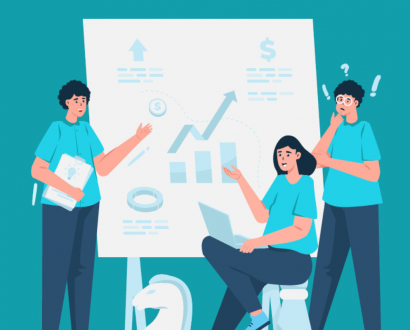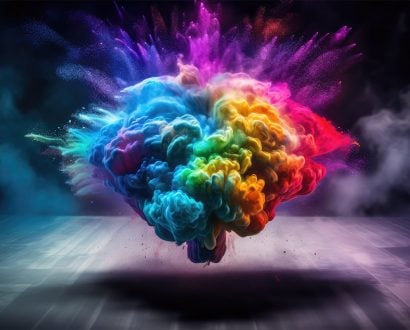The world is changing at lightning speed and the way we conduct business, and engage with clients and customers is also changing equally fast. Traditional marketing – making cold-calls, placing large print media advertisements and TV commercials – was all about the company finding the customer.
These marketing techniques were interruptive and became ineffective as their target audience used technology such as caller ID, videorecording and spam filters to avoid the message. These techniques are also expensive methods of marketing.
This marketer-centric style is convenient for the marketer as they can push out the content to people regardless of whether they want it or not. But it’s not a great way to attract a potential customer.
Today, we flip the traditional marketing model on its head. Instead of pushing content out to potential customers, we try to attract and empower them to find us. It is customer focused and about fulfilling a customer’s needs rather than the company’s needs.
Marketing, specifically inbound marketing, is about drawing people in and creating marketing that people love, with the customer being part of the conversation.
A good place to start in this buyer-centric, inbound marketing approach is to create relevant, engaging content. So, how do you create content that will draw the potential customer or client to you?
Here are five tips:
-
Target personas and understand where they are on the buyer’s journey
Your aim is to create great marketing content to attract, convert, close and delight customers. To do this, you have to know who your customer or client is and where they are on the buyer’s journey. That way you can make your marketing specific to your target customers.
Personas are representations of your ideal customers that you create to help your team develop focused content and nurturing strategies. The Youi insurance TV advertisements are a good example – they communicate that Youi has a firm idea of their personas and therefore have a good understanding of their customers and what they want.
Once you have an understanding of who you are targeting your marketing to, you need to work out the steps your customers go through before they make a purchase. This is often referred to as the buyer’s journey.
The buyer’s journey map is made up of three stages:
- Awareness;
- Consideration; and
- Decision.
It is important that you know where your customer/buyer is on the journey map because it can help you refine your content marketing to each persona.
Your content may focus on the problem your buyer persona is experiencing, and that would be an awareness stage piece of content.
If your content is more about the solution to a problem, then it would be focused on the consideration stage. As for the decision stage, that’s when you begin to create content about your product or service.
-
Be specific with your content.
Yes, broad content can cast a wider net, but specific content is going to attract qualified visitors and leads – those who are more likely to become customers. This means you need to understand your competitive advantage and who your target customers or clients are. Building the personas will also help define your target customers.
-
Less is more.
Your personas are probably just as busy as you are so make it easy for them to consume your content. Don’t go creating 30-minute videos and 100-page ebooks. Focus more on covering the topic in full in an easily digestible way rather than creating a lengthy piece of content.
-
Keep the content informative and educational, and not promotional.
If the customer is at the Awareness Stage of their buyer’s journey then create content that is just educational or informative. Hardware stores have DIY videos on their website – they are just educational and don’t mention a particular product.
If the customer or client is at the Consideration Stage, the content needs to speak to the solution to their problem.
For example, say your persona is a homeowner who was recently burgled then the content marketing might be a video about mobile security technology. The message to the prospect might be to watch this video and see how you can use mobile technology that can be paired to a home alarm system.
It’s not until the Decision Stage of the buyer’s journey that your product should be mentioned. The customer is finally ready to make a purchase (now that they know about their problem and have determined an ideal solution), so it’s time to show why you’re the best.
This is the trust part of inbound marketing. Your content here will be focused on your own product and service. You may decide to use formats such as vendor or product comparisons, case studies, trial downloads, product literature, testimonials and live demos – it’s also the bragging stage.
-
The design is secondary
Focus on the informational part of the content first by writing great content rather than making that content look nice and pretty.
In buyer-centric marketing it’s all about educating and information. YouTube videos are typically pretty amateurish in quality, but are hugely successful as a marketing tool because people want and value the information over the video quality.







